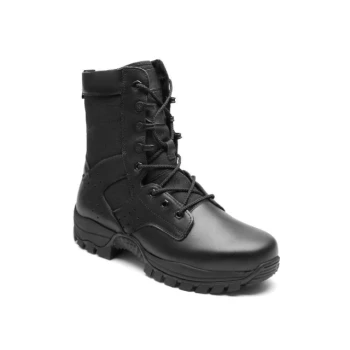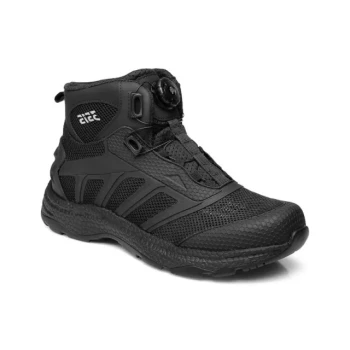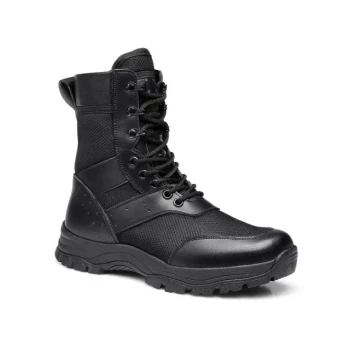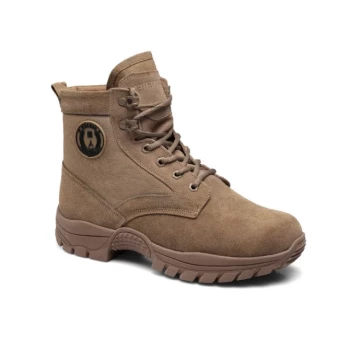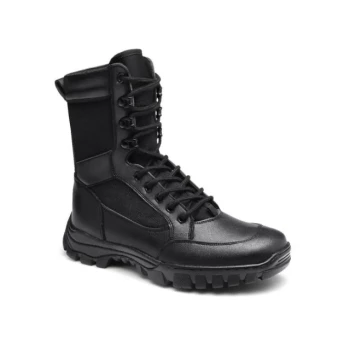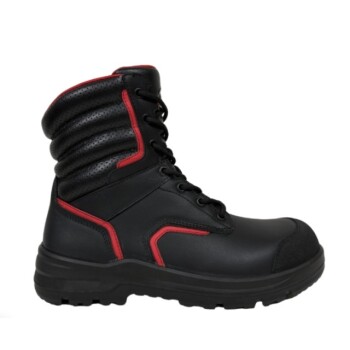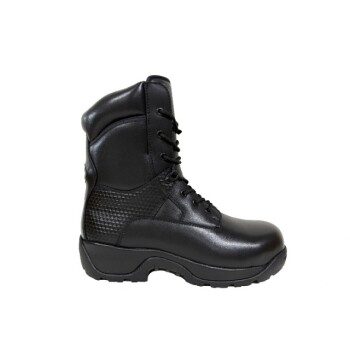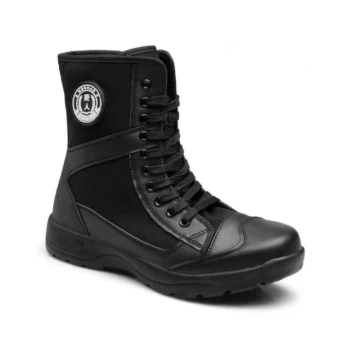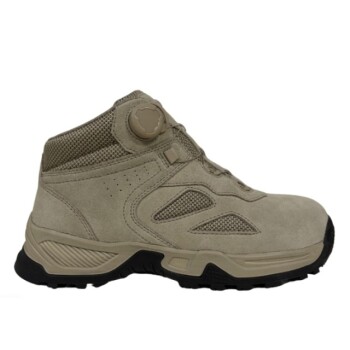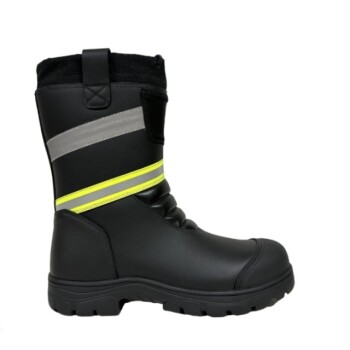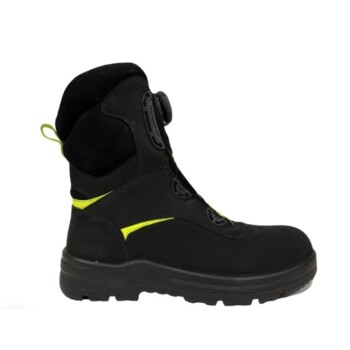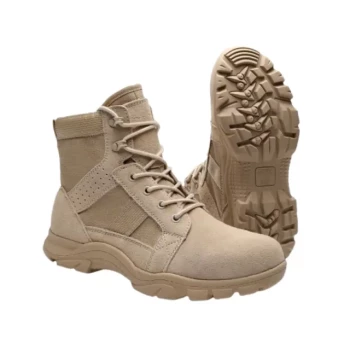The primary evolution of camouflage during World War II was its transition from a specialized, often static art form for equipment into a scientifically-driven, mass-produced system for individual soldiers. Driven by advances in textile printing, militaries developed and deployed distinct, patterned uniforms tailored to specific combat environments like jungles, deserts, and winter landscapes for the first time on a massive scale.
World War II marks the pivotal moment when personal camouflage became a standard-issue, tactical tool. It shifted from simply hiding large objects to systematically concealing the individual soldier, a change made possible by new technology and the demands of a global, multi-terrain conflict.
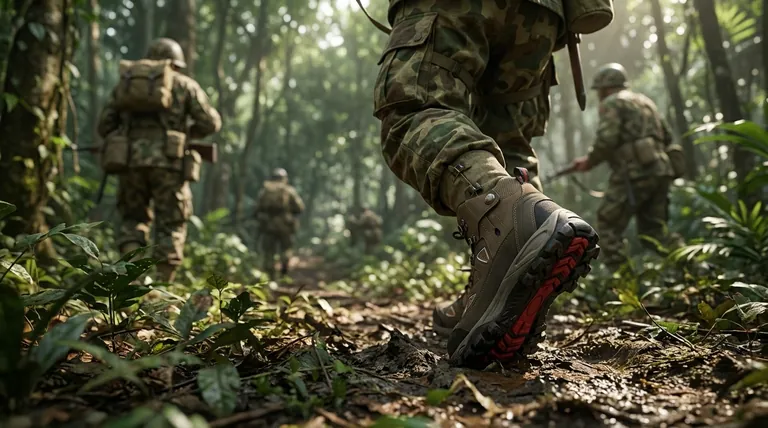
From Static Art to Mobile Science
World War II fundamentally changed the requirements and application of military concealment. The static, artistic approaches of the First World War were no longer sufficient for a conflict defined by rapid movement and diverse battlefields.
The Legacy of World War I
In WWI, camouflage was innovative but largely focused on static assets. Techniques like painting artillery pieces with Cubist-inspired designs or applying "dazzle" patterns to ships were designed to confuse enemy range-finders and observers, not necessarily to make an object disappear.
The New Battlefield of WWII
The Second World War introduced a more fluid and varied tactical landscape. With highly mobile infantry, paratroopers operating behind enemy lines, and fighting taking place in theaters from North Africa to the Pacific Islands, a new approach was required. The emphasis shifted from hiding a fixed gun emplacement to concealing the moving soldier.
Key Drivers of WWII Camouflage Evolution
Three core factors drove the rapid advancement of camouflage during the war: new tactical needs, technological capability, and a more scientific understanding of concealment.
The Rise of Patterned Uniforms
While WWI focused on equipment, WWII saw the widespread introduction of patterned uniforms for soldiers. Specialized units like snipers and paratroopers were among the first to receive these garments, as their missions depended heavily on individual stealth and survival.
The Power of Mass Production
A critical enabler was the advancement in roller-printing technology for fabrics. This innovation allowed for the cost-effective mass production of complex, multi-color patterns, moving camouflage out of the realm of hand-painted custom work and into standard military supply chains.
Environment-Specific Designs
Unlike the generic khaki or olive drab uniforms of the past, WWII patterns were increasingly tailored to specific terrains. Militaries developed distinct patterns for jungle warfare, desert operations, and snow-covered European winters, acknowledging that no single design was effective everywhere.
Understanding the Trade-offs and Challenges
The rapid adoption of patterned uniforms was not without its difficulties. This new technology introduced logistical and tactical complications that armies had to overcome.
The Problem of "Universal" Camouflage
It quickly became apparent that a pattern effective in a forest was a liability in an urban or desert setting. This created immense logistical challenges, requiring armies to produce, ship, and issue multiple types of uniforms to units deployed across the globe.
Friend-or-Foe Identification
A significant and dangerous drawback was the risk of friendly fire. When some units wore camouflage and others did not, or when allied patterns bore a coincidental resemblance to enemy designs, battlefield identification became more difficult, particularly at a distance or in poor visibility.
The Lasting Impact of WWII's Innovations
The principles established during the Second World War became the foundation for all modern military camouflage. Understanding this era is key to understanding concealment today.
- If your primary focus is modern military uniforms: Recognize that the core concept of issuing different, mass-produced patterns for specific environments began here.
- If your primary focus is military technology: Appreciate that breakthroughs in textile manufacturing and printing were just as critical to soldier survivability as advancements in weaponry.
- If your primary focus is battlefield strategy: Note that WWII cemented individual concealment as a fundamental tactical principle, profoundly influencing infantry doctrine for decades.
Ultimately, the Second World War transformed camouflage from a niche tactic into a foundational science of soldier survivability.
Summary Table:
| Aspect of Evolution | Key Change in WWII |
|---|---|
| Focus | From hiding static equipment to concealing the mobile soldier |
| Production | Hand-painted designs to cost-effective, mass-produced printed fabrics |
| Design | Generic colors to specialized patterns for jungle, desert, and winter |
| Tactical Role | Niche application to standard-issue for infantry and special forces |
Need high-quality, specialized footwear for demanding environments? As a large-scale manufacturer, 3515 produces a comprehensive range of durable boots and shoes for distributors, brand owners, and bulk clients. Our production capabilities, honed by decades of experience, ensure reliable performance—just as WWII innovation ensured soldier survivability. Contact our team today to discuss your specific needs and discover how we can support your supply chain.
Visual Guide
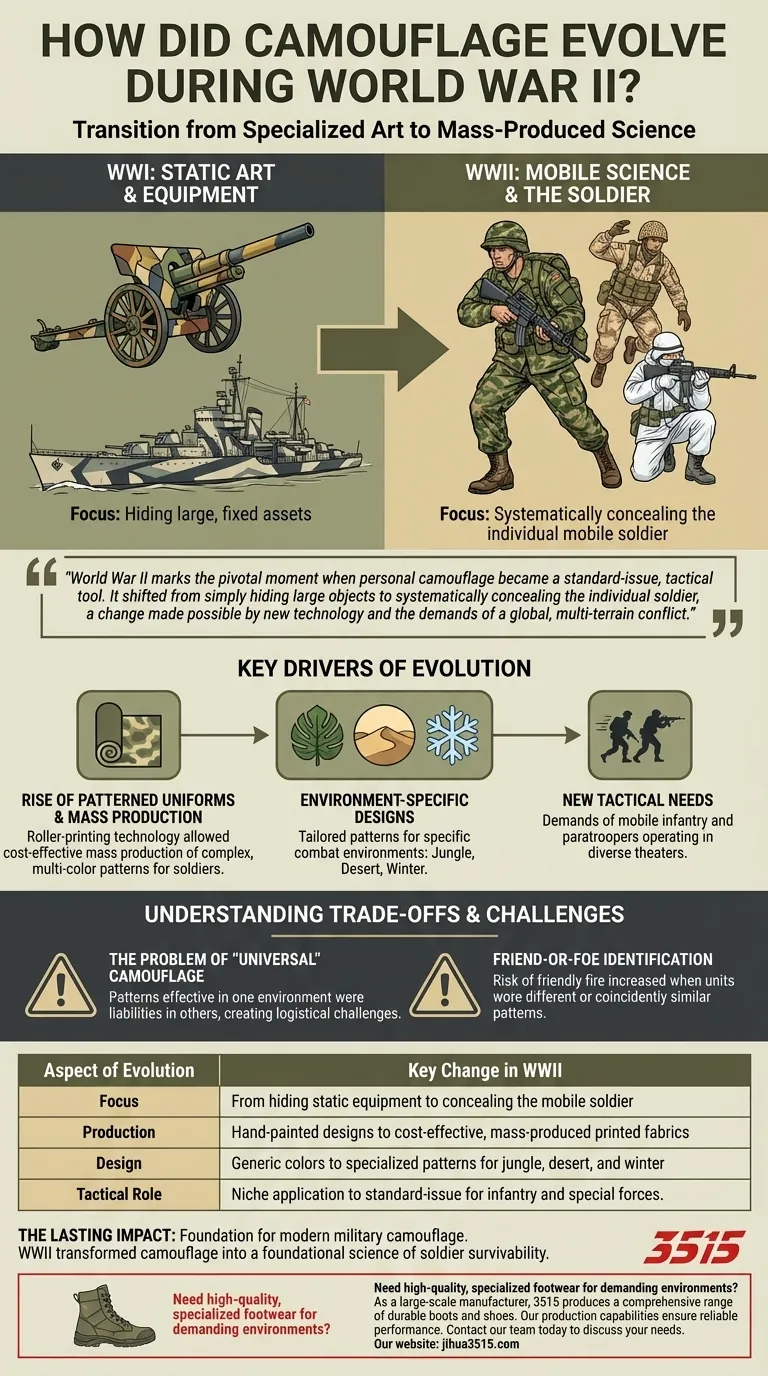
Related Products
- Safety Footwear Wholesale Manufacturer for Custom OEM/ODM Production
- Durable Leather Tactical Boots Wholesale & Custom Manufacturing for Brands
- Wholesale Waterproof Tactical Boots Custom Suede & High-Traction Soles
- Wholesale Lightweight Tactical Boots with Dial Closure OEM & Bulk Orders
- Durable Leather High-Ankle Tactical Boots for Wholesale & Custom Manufacturing
People Also Ask
- What are OSHA approved shoes? Understanding the Correct Standards for Workplace Safety
- Do snake bite boots work? Your Ultimate Guide to Effective Snake Bite Protection
- How long can you wear safety boots? The Lifespan is Determined by Wear, Not Time
- Is safety-toe as good as steel toe? Choose the Right Protection for Your Job
- Is it normal to wear shoes in the house? A Guide to Hygiene, Comfort & Culture

